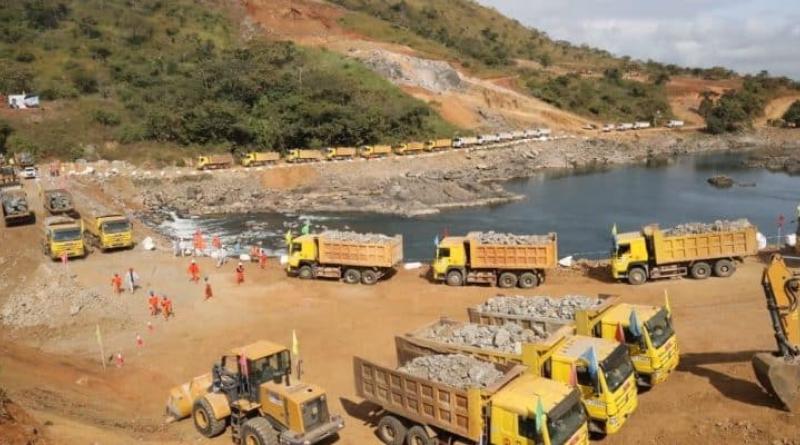ANGOLA: China’s CGGC launches work on the Caculo Cabaça dam (2 GW)

In Angola, the authorities recently attended the ceremony marking the completion of the diversion of the Kwanza river in the locality of São Pedro da Quilemba. This marks the effective start of construction of the Caculo Cabaça dam and hydroelectric power station. The facility will have a capacity of 2,172 MW.
Construction of the Caculo Cabaça hydroelectric dam can finally begin. The diversion of the Kwanza river, on which this infrastructure is being built, was completed on 20 May 2023 at a ceremony attended by the President of the Republic of Angola, João Manuel Gonçalves Lourenço. The ceremony marked the start of construction of this energy infrastructure, which should boost Angola’s installed electricity capacity, currently estimated at 6,143 MW by Power Africa.
https://twitter.com/shen_shiwei/status/1660945257402597377
“The Caculo Cabaça hydroelectric dam will be the largest in Angola, providing 2,172 MW of power to the national grid,” said President João Lourenço. The dam will be one of the largest in sub-Saharan Africa, standing 103 m high. The roller-compacted concrete gravity dam will stretch for at least 16.3 km, forming a reservoir capable of holding 438 million m3 of water.
Chinese and German funding
The hydroelectric power station will be located around ten km from the dam’s reservoir. The facility will be equipped with five Francis turbines, four of which will be rated at 530 MW each. The power station will have a 52 MW accessory turbine, associated with a reserved flow. The electricity generated by this hydroelectric scheme will be evacuated from the Catete and Laúca substations, before being injected into Angola’s national electricity grid. Some of this electricity will be exported to neighbouring countries through the Southern African Power Pool.
Read also- ANGOLA: two solar power plants (284 MWp) come on stream in Benguela
According to the Angolan government, the Caculo Cabaça hydroelectric plant will start generating electricity from 2026. When the project was launched in 2017, the total cost was estimated at $4.5 billion, 85% of which was financed by the Industrial and Commercial Bank of China (ICBC). In March 2020, the cost of the project was revised upwards to an estimated $5.2 billion, including $3.8 billion for the dam itself and $1.4 billion for the electricity distribution infrastructure. Additional funding of $1.16 billion has been granted by the German government in 2020 for the hydromechanical and electromechanical equipment of the dam, i.e. the turbines, valves, alternators, etc. The equipment in question will be supplied by Germany. The equipment in question will be supplied by the German company Voith Hydro.
What impact will the dam have on the Kwanza river?
The dam is being built by China Gezhouba Group Corporation (CGGC), a company based in Wuhan, China. The project’s environmental impact assessment did not conclude that it would have a significant impact on biodiversity and human settlements. However, the creation of the water reservoir on the Kwanza river could affect the ecology of the Kisama national park, through which the Kwanza flows. This river, which flows from south to north before emptying into the Atlantic Ocean, is equipped with at least nine other dams, including the Laùca dam with a capacity of 2,069 MW.





